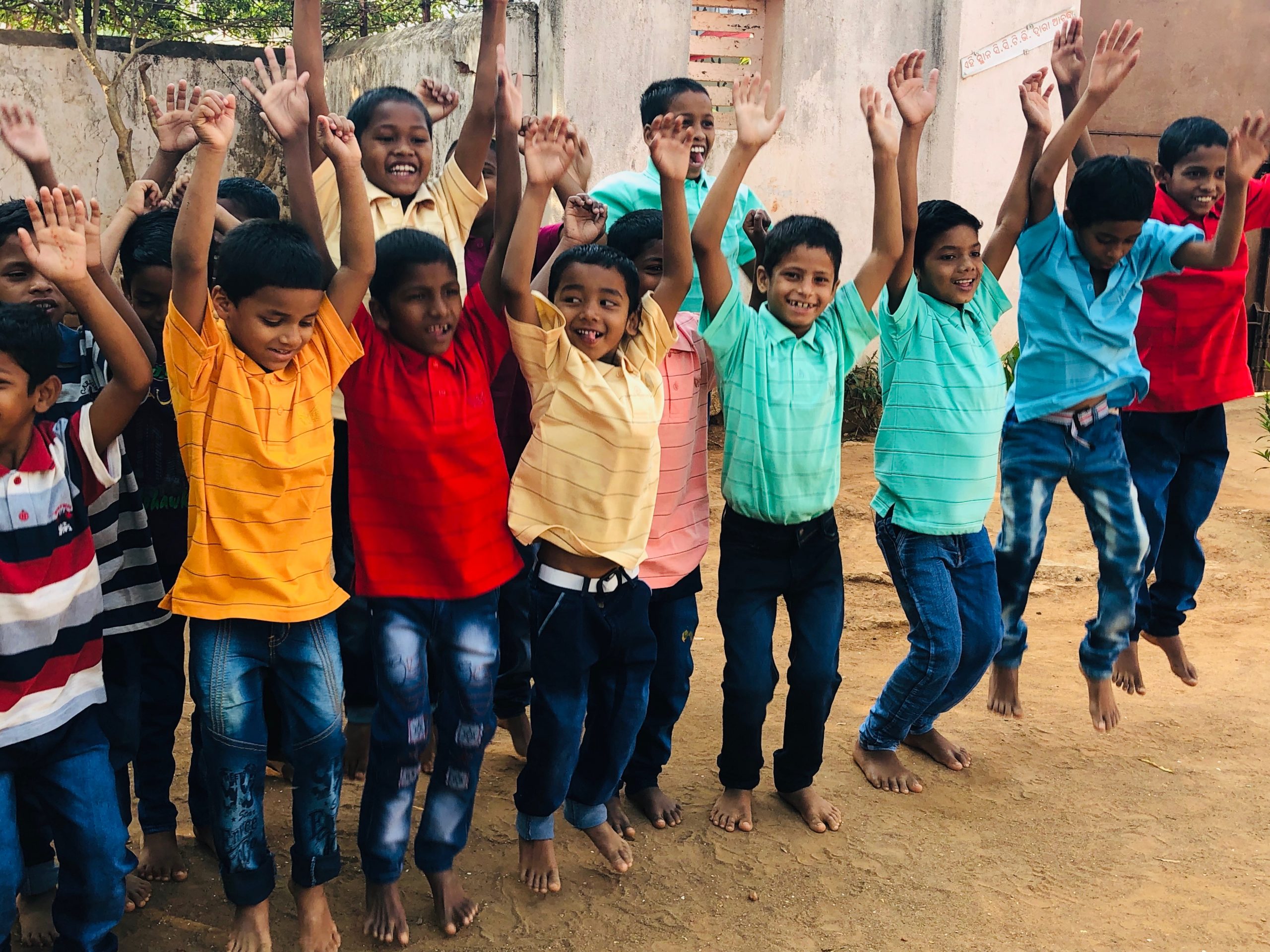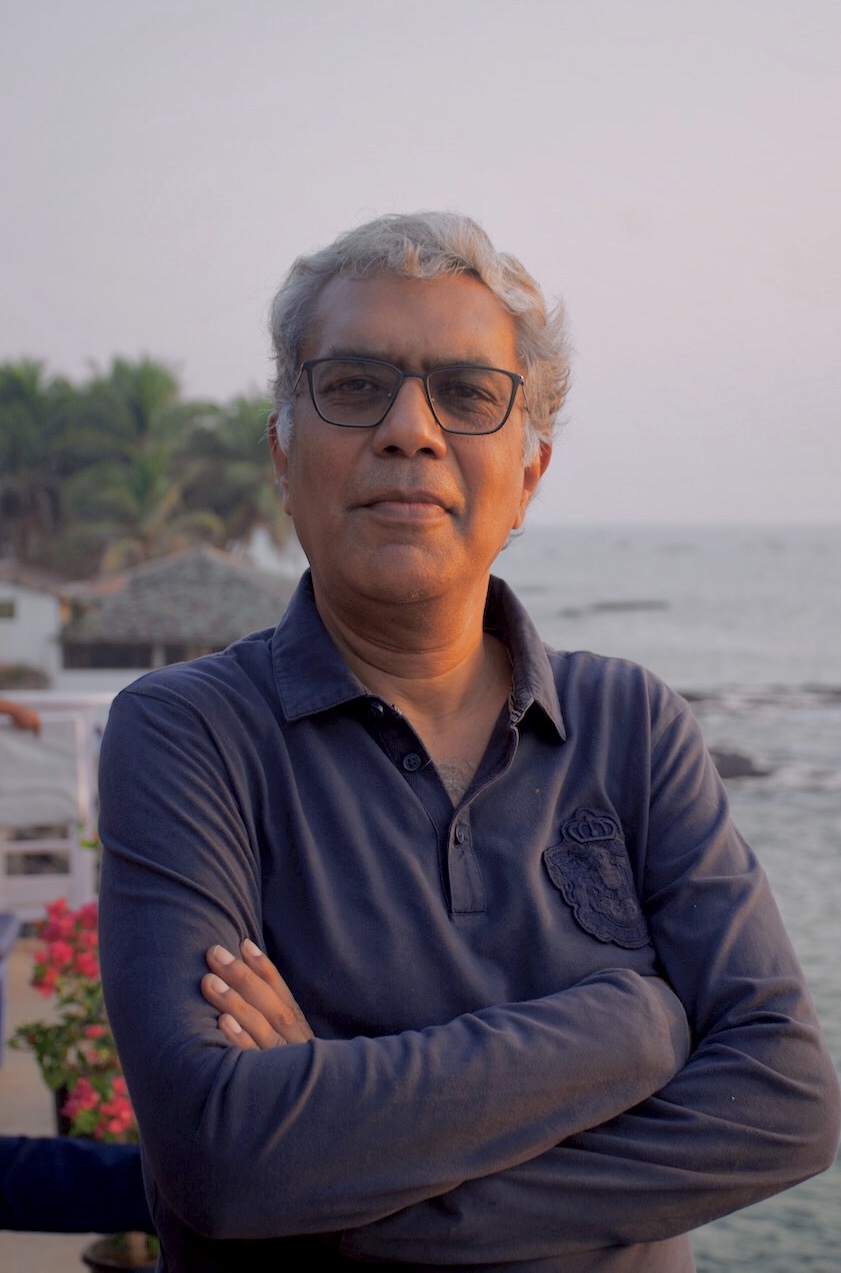There are many children in this country who lack a stable home and family. These include abandoned, surrendered and trafficked children, orphans, as well as children with families that are unable to look after them. These children in need of care and protection are placed in childcare institutions such as children’s homes, open shelters, observation homes, special homes, places of safety, and specialised adoption agencies. As per a study done by the Ministry of Women and Child Development, there are more than 9,500 institutions hosting over 3,70,000 children in the country.
The National Policy for Children 2013 reiterates India’s commitment to such children in accordance with the Convention on the Rights of the Child. It states that “the State shall endeavour to secure the rights of children temporarily or permanently deprived of parental care, by ensuring family and community-based care arrangements including sponsorship, kinship, foster care, and adoption, with institutionalisation as a measure of last resort, with due regard to the best interests of the child and guaranteeing quality standards of care and protection”.
Questions that arise in this context are:
- Are family and community-based care arrangements safe and real options for these children?
- Why is institutionalisation a ‘measure of last resort’?
While rehabilitation back with a parent or community is laudable, it is fraught with the danger of putting children back into the same environment they were rescued from in the first place.
In India, foster parenting is far away from becoming a real option for children — we simply do not have the people and process capabilities to monitor children in foster care. Similarly, while rehabilitation back with a parent or community is a laudable objective, it too is fraught with the danger of putting children back into the same environment that they were rescued from in the first place. Adoption is a wonderful and viable option, but the reality is that adoption numbers in India have been static at around 5,000 per year. Thus, for more than 90 percent of children in need of care and protection, the only viable option is institutionalised care.
By labelling institutionalised care as a ‘last resort’, we are doing a disservice to the thousands of childcare institutions in the country, 91 percent of which are run by nonprofit organisations. We need to recognise and appreciate the critical role of these childcare institutions — where would these 3,70,000+ children be if not for these institutions?
Our focus should be to leverage the existing country-wide social and physical infrastructure of more than 9,500 institutions, and make them places of nurture and rehabilitation, where children can grow to become happy and contributing members of society.
What are the gaps within these institutions?
Over last 17 years, we at CSA have supported more than 60 child homes across 4 states, and have a body of practical knowledge from our experiences. These are our learnings:
In the media, there have been reports of widespread abuse and exploitation of children in a few childcare institutions (CCIs). This not only impacts the children in such institutions but also damages the image of childcare institutions as a whole. Such perceptions contribute to decisions by the government authorities to close down CCI’s and donors being hesitant to support institutions due to reputation risk.
Systemic abuse can be prevented by creating a culture where it is unacceptable within the institution. A written code of conduct for staff and visitors, awareness training amongst trustees, staff, and children, and large visible posters that encourage reporting are all possible ways to create such a culture. Further measures include empowering children through life skills training and formation of child committees. Regular visits by partner nonprofits and counsellors can also reinforce a culture of openness and safety.

Adoption numbers in India have been static at around 5,000 per year, and the only viable option for more than 3,70,000 children is institutionalised care | Picture courtesy: CSA
The Integrated Child Protection Scheme (ICPS) has decent financial provisions for childcare institutions. However, in reality, implementation varies from state to state and the flow of funds is irregular and unreliable. Further, while the Child Welfare Committee and District Child Protection Unit have the responsibility for oversight of the childcare institutions, they do not have up-to-date data about children and rely on periodic inspections. We suggest that in addition to inspections, supervision should be driven by child level data because that data is difficult to fudge and reflects the ground reality.
In reality, implementation varies from state to state and the flow of funds is irregular and unreliable.
Disbursal of funds under ICPS can be driven by count of children in an institution and outcomes achieved. For example, if an institution meets certain basic health outcomes, it should automatically qualify for certain quantum of ICPS funds. Similarly, if educational or vocational training outcomes are achieved, more funds under ICPS should be available. In this way, the disbursal of funds can be made transparent, corruption minimised, and good outcomes incentivised and rewarded.
The data can be collected and kept up to date by digitisation of the various registers being maintained under the Juvenile Justice (JJ Act). Today, the data is on paper, in registers or reports that make it difficult to collate and aggregate.
We need to also collect outcome-based data – for example, conducting six monthly check ups is a great way to analyse Body Mass Index (BMI), disease prevalence, children requiring serious medical intervention, and so on. Similarly, educational status can be captured once a year through an assessment test given to children. Such data on individual children can be used at an institutional level to identify focus areas for improvement, and at a district level to monitor and set improvement goals for the institutions.
In this way, digitisation and data driven decision making can revolutionise the manner in which institutions are managed by the trustees as well as District, State and Central levels.
After children turn 18 years old, they have to leave the institution, and most children have zero support available to them thereon. The absence of aftercare is a huge gap across all institutions and in most cases not even a focus area.
The absence of aftercare is a huge gap across all institutions and in most cases not even a focus area.
Preparation should start at the age of 14 or 15, while the child is in the institution. Career awareness, life skills, and basic financial literacy are very important to prepare the child for when they have to leave and be independent. By the time the child turns 18, they should have a clear path towards a decent livelihood and support to achieve that objective. The support required includes not only financial help, but mentoring and hand holding – very much the way a parent looks after a child during these critical years.
Childcare institutions must be linked with nonprofits that can provide aftercare services. Rehabilitation must be the overriding goal, and unless this ‘last mile’ problem is addressed, outcomes will remain poor.
Most childcare institutions have the right intentions, but lack ‘know-how’ and people capability. For example, they require help in understanding the processes, documentation and compliance requirements under the JJ Act and ICPS scheme. Similarly, the trustees and staff require training on child care practices or help from a nutritionist to improve diet using locally available food. Life skills and vocational training, and child plan creation are other areas where institutions require ‘know how’. Most childcare institutions are too small and weak to have these capabilities themselves.
This is where linkages with nonprofits that have the knowledge and experience of working on child care practices, governance and compliance, aftercare, and vocational training can make a huge difference to the management of these institutions.
Through our work, we have seen that huge changes can be made by partnering with existing childcare institutions and filling the gaps identified above with expertise, empathy, and relatively little money.
The goal should be to catalyse a positive cycle where donors and government are more supportive of these institutions, which would lead to greater motivation for the management to do better. With focused interventions, we can make our 9,500 institutions a place of pride and a sanctuary for children, instead of a ‘measure of last resort’.





